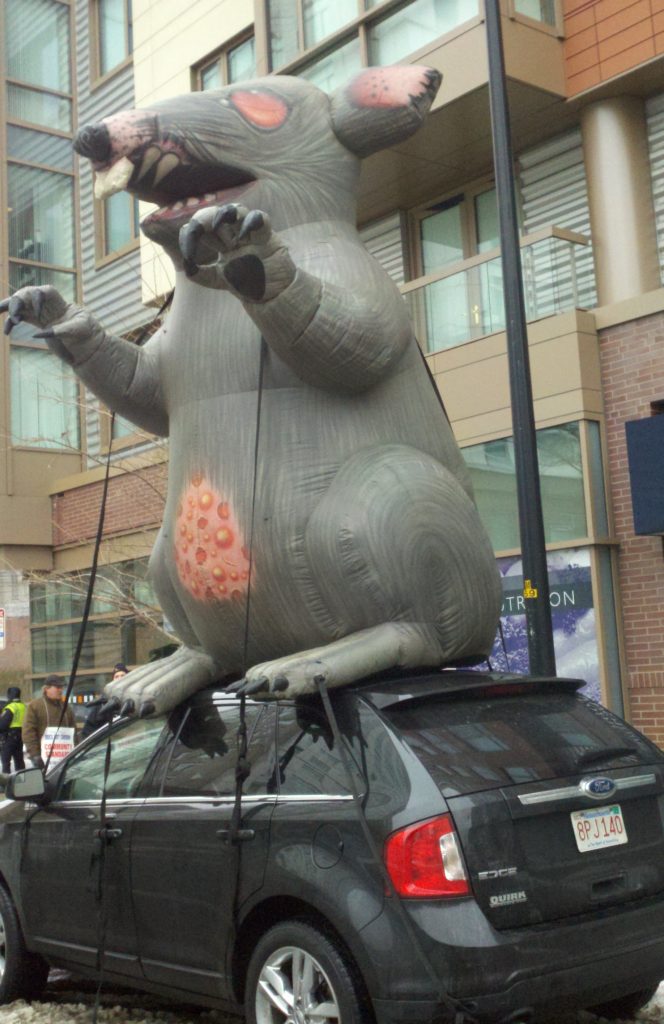Salmon Fishing in the Yemen presents an unusual mix of romance, politics, environmentalism, international affairs, humor, seriousness;...
harris communications group
Senior discounts from the National Park Service, restaurants, hotels, beauty salons, theaters, recreational facilities and more.
Anita Harris, PR Consultant, on Today Show's Ann Curry description of trauma, importance of caring in foreign...
PR Consultant Anita Harris of Harris Communications Group reports that CCTV and Google reports that Cambridge...
Writer Anita Harris on talk by Morgan Stanley Chief Economist David Kelly. "Despite the crises of ...
Cambridge Local AFL-CIO Insulators, Tin Kinockers and Pipefitters exhibit a large inflatable rat to make clear how...
